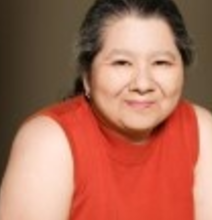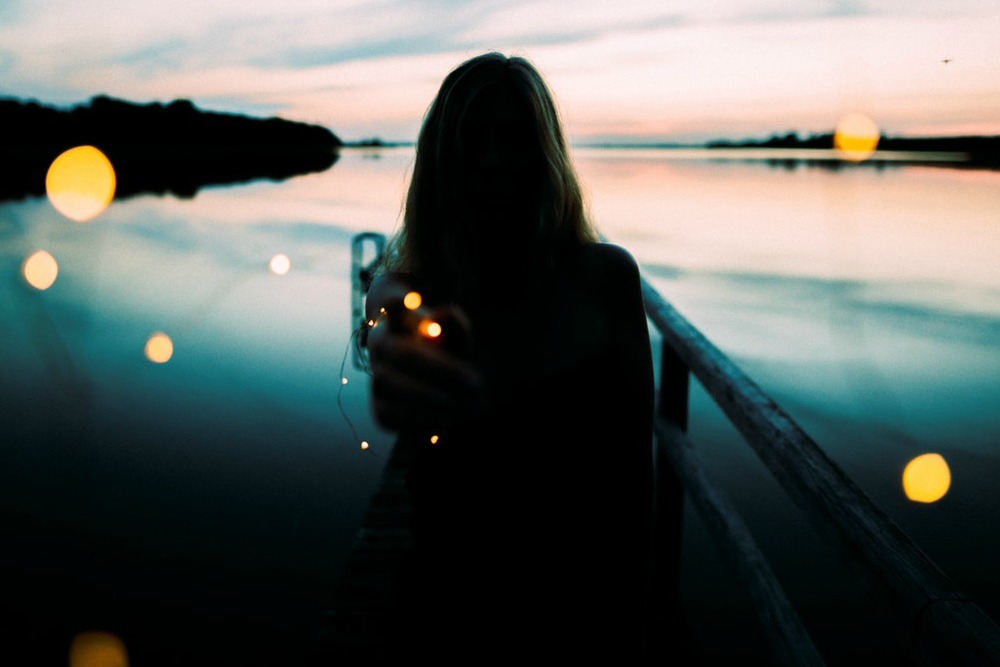I spent years trying to commit suicide and probably made more than 15 attempts in my life. Thankfully, none of them were successful although there were a few which came pretty darn close. I used to hoard pills and keep them in a bottle which I hid under my bed. It was my “ security blanket”. My stash was my “way out” if things got to the point that I could no longer stand to be alive. I would go into my room when my kids were at school and open the bottle and count them just to make sure they were all there.
I would do research online about what the lethal dosage was and whether or not it was best to combine them with alcohol. Yes, that was the best way to make sure they would actually kill me.
At other times I would fixate on how my suicide would impact the people in my life. Who would come to my funeral? How much would they cry? Who would be the sorriest for all the terrible things they had done to me?
Nowhere along the line did I think about what my suicide would do to my children. Scientists know that children whose parents have committed suicide struggle to recover, and many never recover at all. Even though I knew this in the back of my mind, this was never enough to dissuade me. That said, I was acutely aware of the fact that I didn’t want to actually die. I just wanted the pain to stop and I would go to any length to achieve that objective.
Keeping my stash eventually became a crutch for me. I knew that if things got too bad, I had a way out. So, I was never motivated to work on the things in my life that needed changing, namely me. I lurched from one therapist to the next, discarding them like soiled handkerchiefs when they didn’t “fix me”. I lived in a state of unbearable desperation always looking for the quick fix instead of taking a good hard look in the mirror. Because I had a way out. Because I could choose to leave it all behind if I couldn’t stand it anymore.
The problem with this mindset is that it didn’t really give me a “way out”. In fact, it kept me locked up tighter than a person in solitary confinement. I became completely unable to relate in any kind of normal way to anyone else because I didn’t “have to”. I was so in love with my own pain and misery there was literally no room in my life (or my heart) for anyone or anything else. I gradually began to shut down all my intimate relationships but constantly bemoaned the fact that I had no meaningful relationships in my life except with my husband. Even that relationship became problematic as my suicidality knew no bounds. Nothing anyone could say or do enticed me to believe that life could be worth living. Finally, after too many years of living like my own emotional hostage, I admitted defeat and agreed to go to a hospital in the United States for long-term inpatient treatment.
All this suicidal behaviour, however, kept kept me in a highly dysfunctional state for more years than I like to admit. It gave me the excuse to not do the emotional work I needed to get past my chronic suicidality and address the deeper, more meaningful issues. When I finally started to do that – looking at the issues around my abandonment as a baby and what that had done to me, how it set me up for a lifetime of failure, I was able to finally start to do the grieving I needed to do in order to put those events into a box so I could move forward it my life.
When I was discharged from the hospital and returned back to my home community things were still pretty difficult even though I had learned some vital and important coping skills. Despite all my therapy, though, it still took many years for things to really “click” and for me to finally begin to make the headway into getting better. I finally turned that corner after my last and, hopefully, final suicidal incident. I was admitted back to the hospital which felt like a profound failure. All the therapy seemed to have been for naught. I decided to look at it as a ten year “tune up” and began the painful work of starting over. Again, I was reintroduced to mindfulness meditation and the gentle art of practicing gratitude and I was finally able to finish my healing. When I was discharged from the hospital that time, I was able to finally take the stash to the local pharmacy and ask the pharmacist to dispose of them for me.
Doing that allowed me to finally start to live in a way I never had before. When I was always so fixated on the act of dying I closed myself off to actually living and I boxed myself into a very narrow existence. Saying goodbye to that behavior was liberating beyond belief.
[irp posts=”8592″ name=”What I Learned After My Last Suicide Attempt (by Dee Chan)”]
About the Author: Dee Chan
 Dee Chan was diagnosed with BPD more than 35 years ago back when the diagnosis was still fairly new and not very well understood. She has been living with it and coping with it ever since and finding ways to thrive despite it. She has been able to put it into complete remission and turned her life around completely through the practices of gratitude, forgiveness and accountability. Find out more about Dee’s work on her website bpdnomore.com.
Dee Chan was diagnosed with BPD more than 35 years ago back when the diagnosis was still fairly new and not very well understood. She has been living with it and coping with it ever since and finding ways to thrive despite it. She has been able to put it into complete remission and turned her life around completely through the practices of gratitude, forgiveness and accountability. Find out more about Dee’s work on her website bpdnomore.com.



Thank you for writing this. Then sharing it.
How great it is that you recovered .I pray your kids are ok and function g well..my mom tried 20x to kill herself and I still struggle with the affects of it…